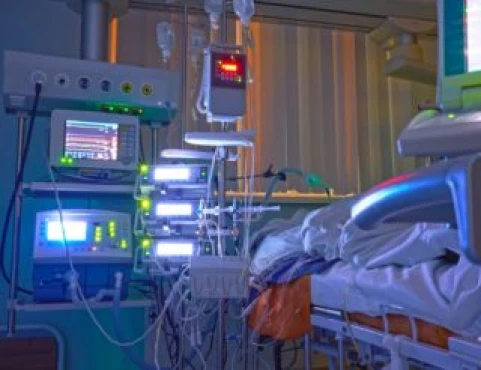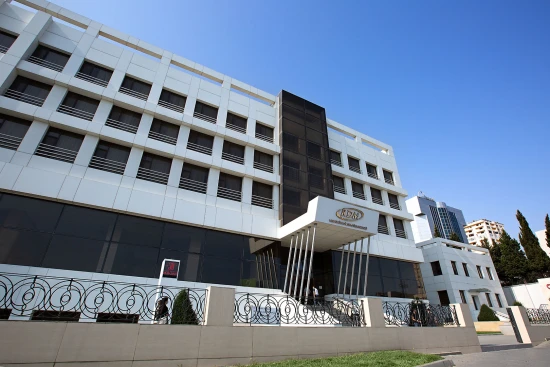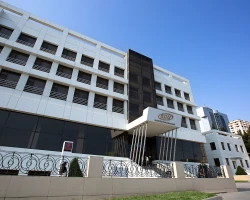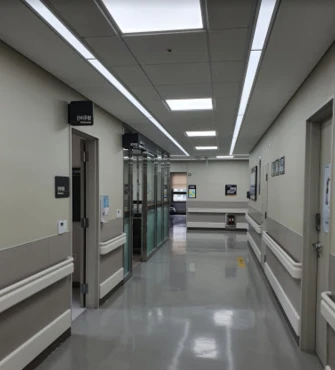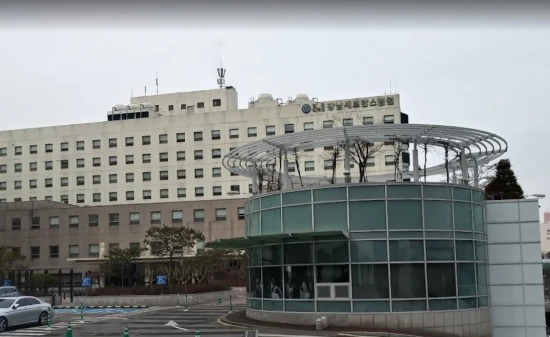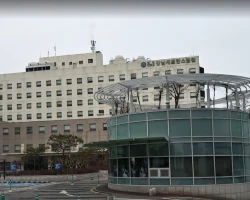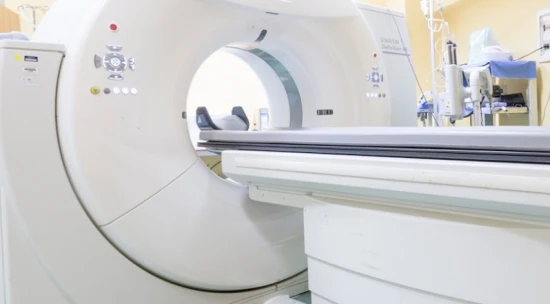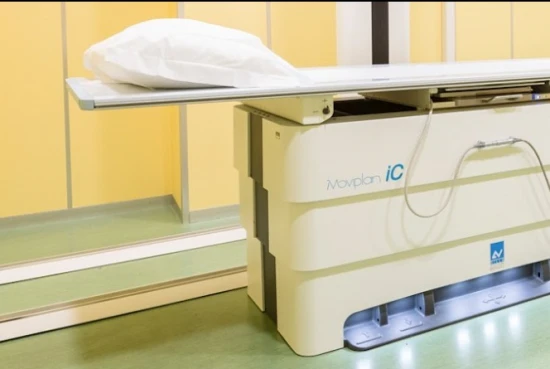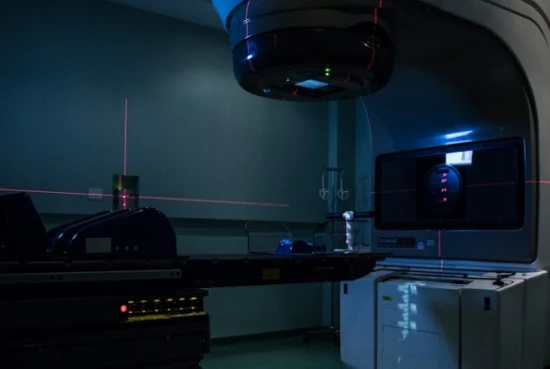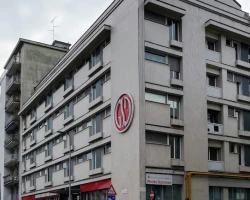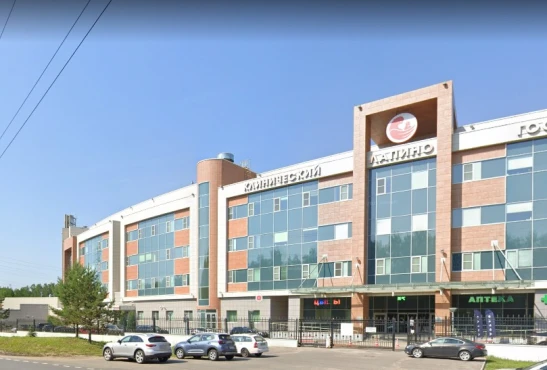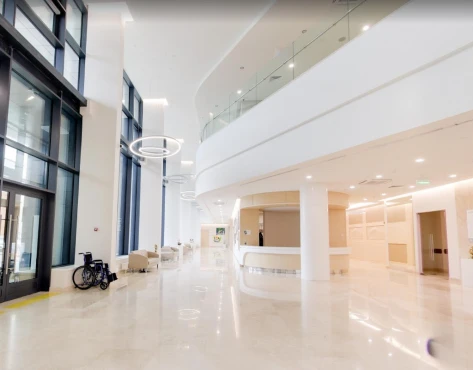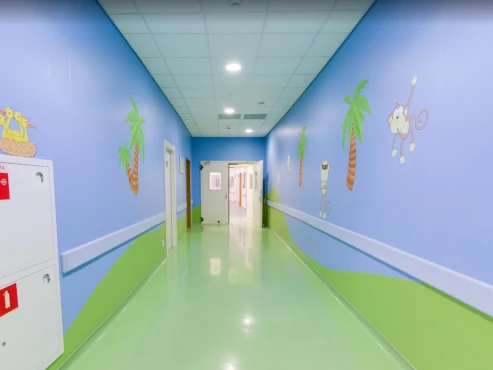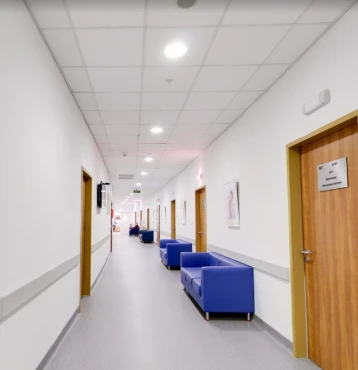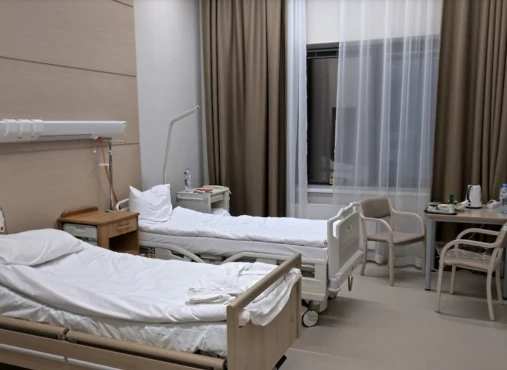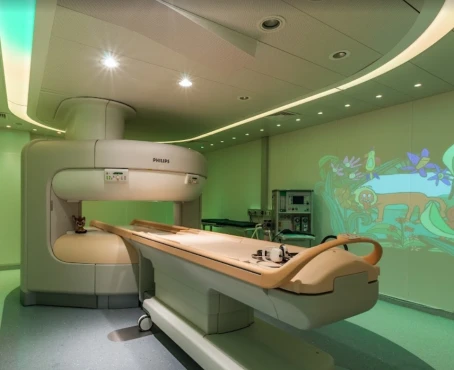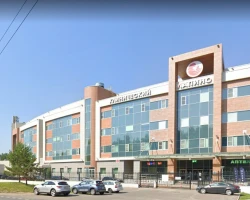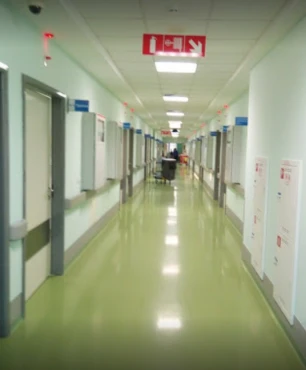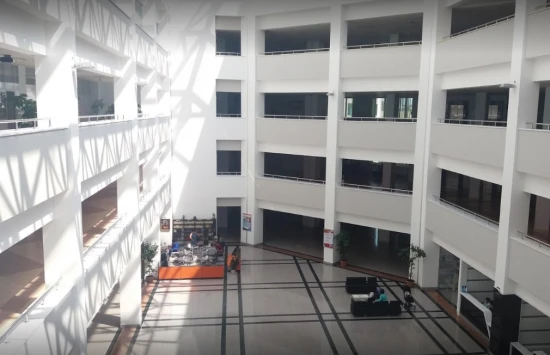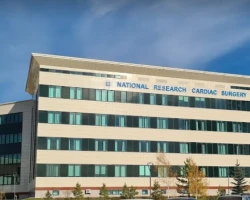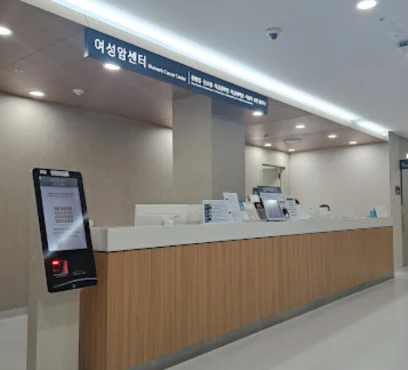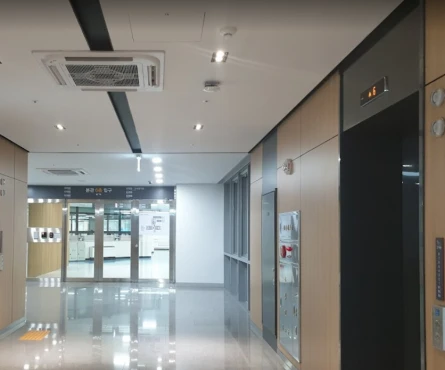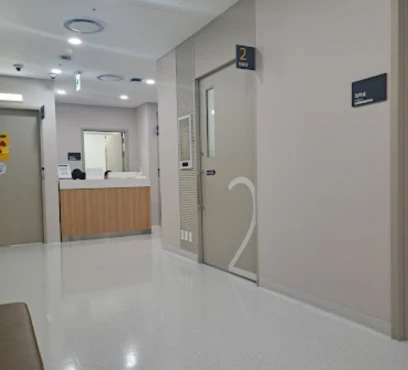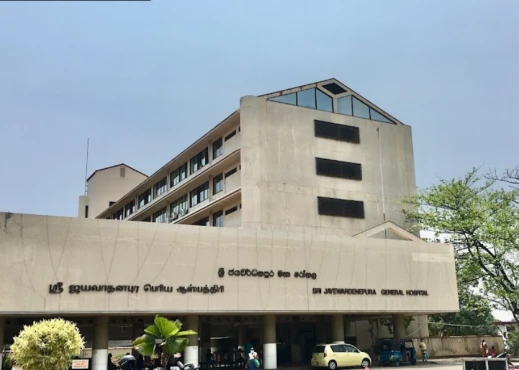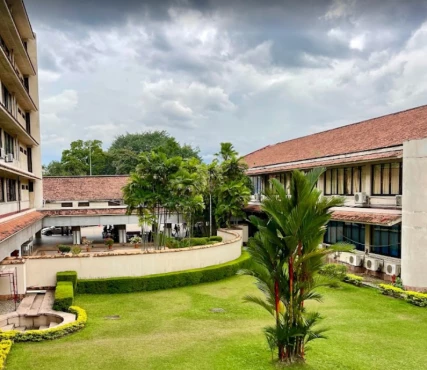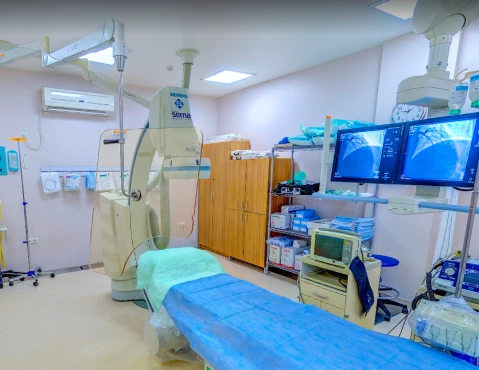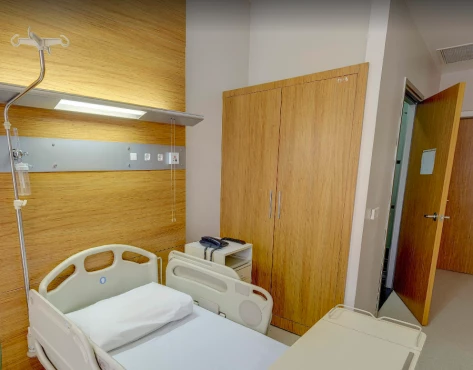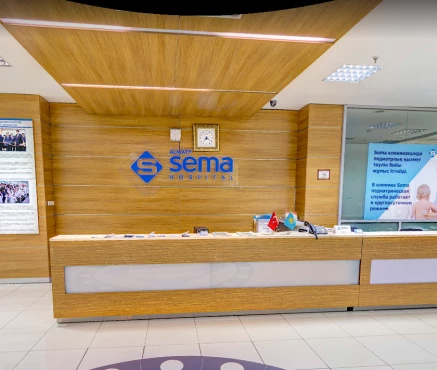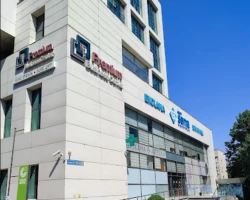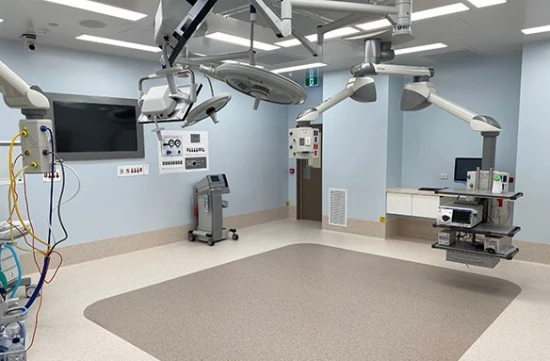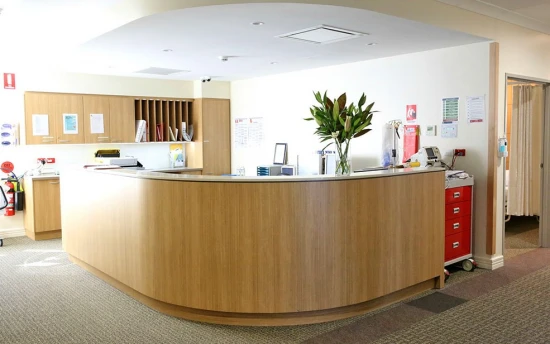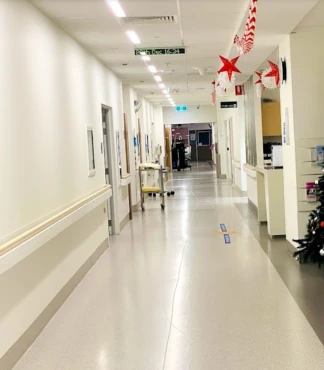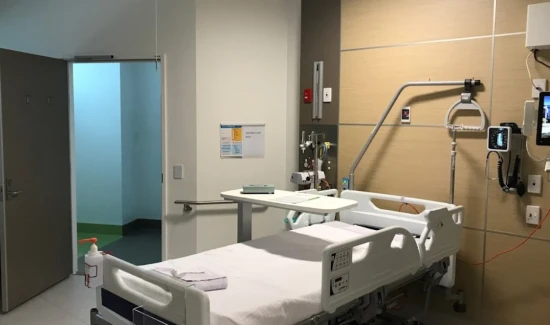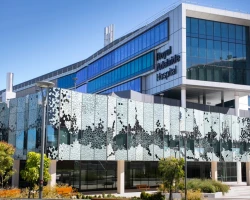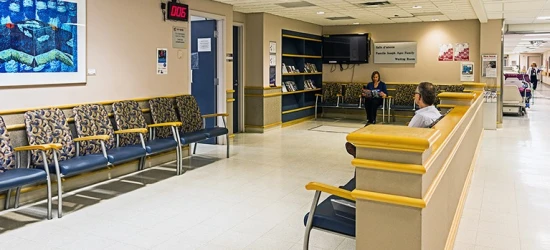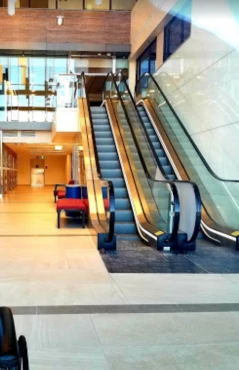Patent ductus arteriosus - features of the course and diagnosis of the disease, its classification and treatment
Patent ductus arteriosus (PDA) is a condition in which blood flows between the aorta and the pulmonary artery after the baby is born. Why it is dangerous, how is an open ductus arteriosus diagnosed and whether it can appear in adults, we will discuss below.
Disease prevalence and risk groups
Patent ductus arteriosus is one of the most common congenital heart defects. Premature babies are at greatest risk. So, according to statistics, a similar condition is diagnosed in about 2/3 of children with a birth weight of less than 1000 grams. In small patients, who weigh from 1000 to 1500 grams, pathology is less common: in about a third. If a baby weighs about 1500-1750 grams at birth, the risk of PDA not clogging is about 15%.
A short excursion into blood circulation and the structure of the heart
Before considering the features of hemodynamics with a defect in the arterial duct (more precisely, its overgrowth), it is necessary to understand how the heart works and what the large and small circles of blood circulation are. The heart is an organ whose main task is to pump blood throughout the body. In humans, it consists of two atria and two ventricles.
The systemic circulation originates from the left ventricle, then the blood is directed to the aorta and through its branches and smaller vessels reaches absolutely all organs and tissues in the human body. From the latter, it collects through the veins and enters the right atrium. Further, the blood flow follows into the right ventricle, which is the beginning of the pulmonary circulation. The blood is directed into the pulmonary veins, then into the lung tissue and, saturated with oxygen, enters the left atrium through the pulmonary arteries.
Fetal circulation has its own characteristics. In particular, blood can circulate through the so-called Botall (arterial) duct between the aorta and the pulmonary artery. In this case, blood from different circles of blood circulation is mixed. For the fetus, this is a natural state and does not pose any threat, since it receives oxygen from the mother's blood and does not yet use the lungs for breathing. Conversely, during intrauterine development, the ductus arteriosus improves circulation by directing blood directly to the aorta.
In full-term newborns, the ductus arteriosus closes during the first day of life. This is facilitated by an increase in the level of oxygen in the blood and a decrease in the concentration of prostaglandins. In premature infants, the closure process lasts longer due to a decrease in the sensitivity of the artery tissue to oxygen (at the same time, there is an increased sensitivity to prostaglandins).
Thus, it is not entirely correct to talk about the causes of defects in the ductus arteriosus. This situation is also observed in the classification of the disease: it is impossible to indicate "types of defects in the arterial duct." The scientific literature provides a classification of PDA overgrowth defects.
Classification of PDA overgrowth defects
Clinically, the symptoms of this defect depend on its size, which can be:
- small - without overloading the left ventricle, with normal pressure in the lungs;
- middle - with a dominant overload of the left ventricle; the latter can be structurally preserved or damaged;
- middle - with a dominant overload of the right ventricle, which can turn into right ventricular failure;
- large - with severe overload of the heart and Eisenmenger's syndrome.
Eisenmenger syndrome is a long-term complication of congenital heart disease. Its manifestations can be:
- bluish or grayish skin color (cyanosis);
- large, rounded fingernails or toenails (drumstick symptom);
- fatigue and shortness of breath during activity;
- shortness of breath at rest;
- chest pain or tightness;
- cardiopalmus;
- dizziness or fainting;
- hemoptysis;
- numbness or tingling in your fingers or toes;
- headache.
The following symptoms may be common to all types of pathology:
- systolic murmur (less often - systolic-diastolic), which is heard in the second intercostal space on the left and under the left scapula;
- increased heart rate;
- lowering blood pressure;
- breathing disorders.
Often in patients, disorders with a defect in the arterial duct of small size may not have any manifestations. For this reason, pathology often remains undiagnosed.
In some cases, symptoms may appear several years later due to the prolonged increase in blood flow to the lungs.
How does the pathological process develop in this disease?
In PDA, a decrease in pulmonary vascular resistance after birth causes an increase in blood flow to the lungs. This causes pulmonary hypertension and leads to alveolar and interstitial pulmonary edema reducing the elasticity of the lung tissue. The consequence of this is a violation of blood oxygenation (oxygen saturation), which can ultimately lead to the development of chronic lung disease.
Organ hypoperfusion (insufficient flow of oxygenated blood) is associated with the risk of a new pathology or worsening of an existing one (for example, renal failure or myocardial ischemia), especially in premature infants weighing less than 1500 grams.
Can there be PDA in adults?
Yes, this type of defect can occur in adults, but it is very rare. It should be noted that the disease is only congenital. This means that a person has it already from birth and cannot arise after it. In most cases of PDA in adults, the duct size ranges from small to medium. Symptoms of the disease include shortness of breath and heart palpitations. The patient also has a high risk of bacterial endocarditis (damage to the inner layer of the heart), enlargement of the heart (cardiomyopathy), pulmonary hypertension (high blood pressure in the lungs), chronic heart failure, and death.
Diagnosis of the disease
When diagnosing an open ductus arteriosus, the doctor uses the following laboratory and instrumental methods:
- X-ray (with its help, an enlargement of the heart, or cardiomyopathy, increased pulmonary blood flow and an increase in the root of the lung can be detected);
- electrocardiography (ECG) - visualizes blood flow through pathological pathways, as well as the size of the heart, its chambers and large vessels;
- echocardiography (ECHO-KG) - with a small size of the patent ductus arteriosus, it may not reveal any abnormalities; in more severe cases, there will be signs of an increase in the left ventricle and atrium;
- computed and magnetic resonance imaging (CT and MRI) - allow visualization of the defect, including the ductus arteriosus itself (MRI is indicated for volumetric assessment of the heart chambers; both methods accurately illustrate the anatomy of the defect);
- cardiac catheterization - performed very rarely, usually to calculate pulmonary vascular resistance;
- blood pressure control;
- monitoring of saturation (oxygen concentration in the patient's blood).
Diagnosis criteria
Diagnosis is by physical examination and echocardiography (also MRI and CT in doubtful cases).
Differential diagnosis of patent ductus arteriosus is carried out with other congenital heart defects:
- aorto-pulmonary window;
- anomalous origin of the left coronary artery from the pulmonary artery (AOLKA, or Bland – White – Garland syndrome);
- pulmonary fistula;
- fistula of the coronary artery and heart cavities;
- rupture of the Valsalva sinus aneurysm.
Management of patients with PDA
In the treatment of children with this pathology following therapy is used:
- symptomatic therapy of respiratory insufficiency and blood circulation (for example, connecting a child to a ventilator);
- limiting the flow of fluid into the body, the use of diuretics;
- oxygen therapy;
- correction of anemia;
- indomethacin (contraindicated for patients with renal failure, decreased platelet count, pathology of the blood coagulation system, necrotizing enterocolitis and fresh bleeding);
- surgical intervention.
The latter has the following indications for implementation:
- circulatory insufficiency not amenable to conservative therapy;
- ineffective therapy with indomethacin;
- patent ductus arteriosus in a child over one year old.
An important reason to close a PDA is not only to combat the symptoms of the disease, but also to prevent conditions such as bacterial endocarditis (damage to the inner layer of the heart) and blood vessel infections.
Thus, PDA is a congenital disease that can have varying degrees of severity: from asymptomatic to Eisenmenger's syndrome. Premature babies are most susceptible to this pathology. Moreover, the mass of such a child at birth is inversely proportional to the probability of having a PDA. Treatment of the disease can be both conservative and prompt. If untreated, severe cardiovascular and infectious complications can occur.
References:
- Harrison`s Principles of Internal Medicine 19/E (Vol.1). Dennis Kasper, Anthony Fauci, Stephen Hauseret all. McGraw-HillEducation 2015 ISBN: 0071802134 ISBN-13(EAN): 9780071802130.
- Interna szczeklika - duży podręcznik. Medycyna praktyczna. 2021. ISBN 9788374306522.
- Pediatria do LEK i PES. Anna Dobrzańska, Józef Ryżko. 2018. ISBN: 978-83-7609-855-5.




